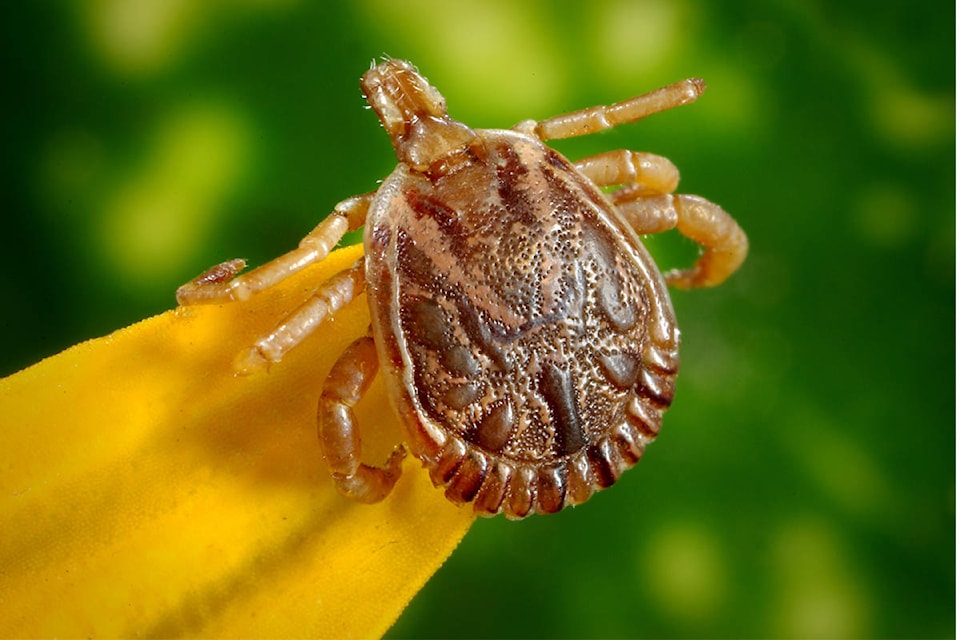May is National Lyme Disease Awareness Month in Canada and the Canadian Lyme Disease Foundation wants people to be more careful when enjoying the outdoors.
According to the foundation’s president, Lyme disease is a bacterial infection caused by a tick bite. The disease is caused by the bacterium Borrelia.
“Borrelia is spiral-shaped… and it’s very effective at disseminating throughout the body because of its spiral shape. It moves through your system like mini corkscrew,” he said.
He added the most typical and the easiest way to recognize Lyme disease is if an individual is experiencing flu-like symptoms when it’s not flu season.
“But some people, less than 50 per cent, will get a rash because only a small subset of the bacteria that causes the disease will give a person a rash, which is why not everyone gets the rash.”
Wilson said Borrelia can cause a wide range of symptoms and can mimic many different diseases, including multiple sclerosis, Parkinson’s, even heart, kidney and bowel problems, which contributes to the reason why a majority of people don’t get diagnosed.
“There was a paper published in the fall of 2018 by Dr. Vett Lloyd, a microbiologist at Mount Allison University in New Brunswick and Dr. Ralph Hawkins from the University of Calgary. In that study, they were able to show that 93 per cent of people with Lyme disease in Canada don’t get that diagnosis. It’s very hit or miss.”
But the most important thing to keep in mind, according to Wilson, is to understand tick habits.
He said ticks prefer tall grass and brushy areas where there is leaf litter, shade and humidity at the ground level. They don’t like direct sunlight.
“So if you’re out in the woods, remember to stay in the centre of the paths and don’t brush up against the tall grass and brush up the edge of the path, because that’s frequently where ticks are questing,” he said.
“Questing means they’re looking for a meal. They crawl up, get on the end of the blade of grass or leaf and put their Velcro-like legs then they latch on to you. They’re quick and move to areas where there is open skin.”
Wilson said those who like to spend time outside should check their ankles, waistlines and neck areas after a hike or a walk. He added people should then immediately put their clothes in the dryer for 15 minutes to kill any ticks that have latched on.
Wilson said that fortunately, the species of ticks that can transmit Lyme disease isn’t very common in the Okanagan.
“But that doesn’t mean they’re safe either. Some ticks can cause paralysis because they have toxins and some spread bacterial infections,” he said.
“Keep in mind that no tick is a good tick. Take tick attachments very seriously.”
For more information on what the Canadian Lyme Disease Foundation does, visit their website.
READ: Bear fails to interrupt golfers in Vernon
READ: Improper waste disposal leaves Okanagan worker with serious injury
Want to support local journalism during the pandemic? Make a donation here.
